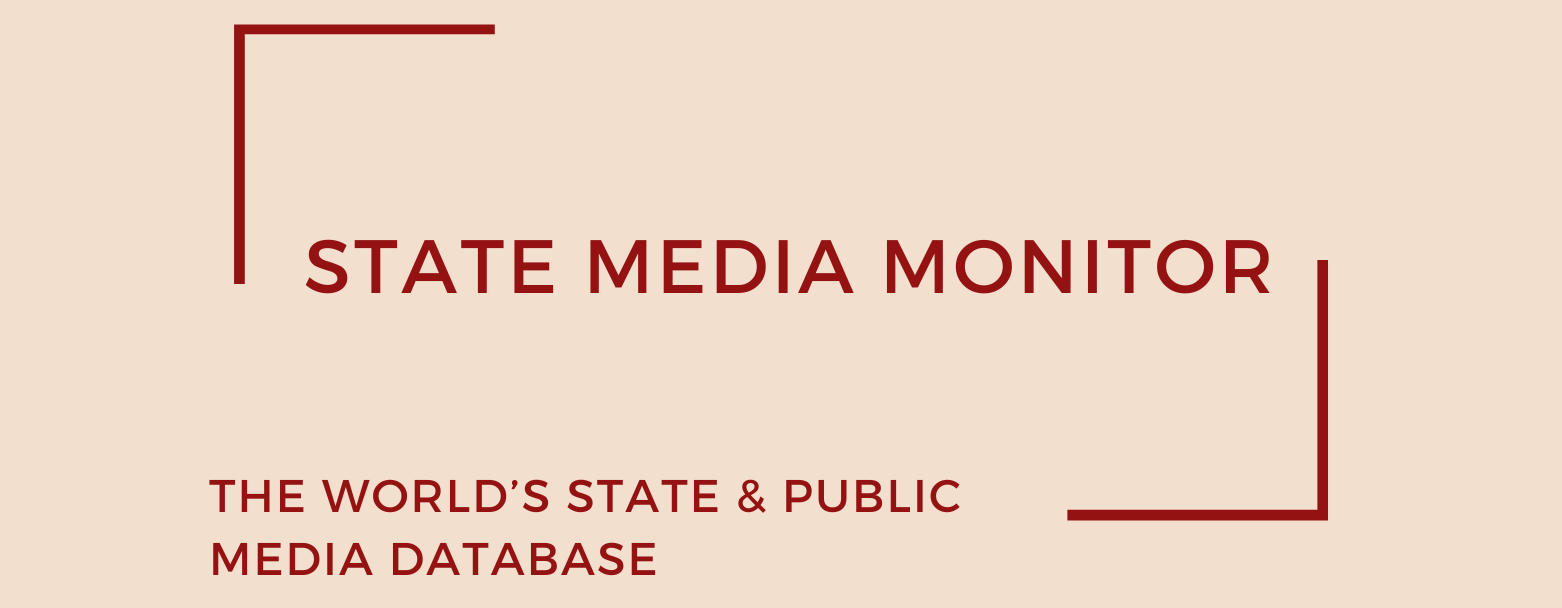Sri Lanka Rupavahini Corporation (SLRC)
The Sri Lanka Rupavahini Corporation (SLRC) serves as the country’s principal public television broadcaster. Established in 1982, SLRC operates three terrestrial channels: Rupavahini, its flagship Sinhala-language service; Channel Eye, which broadcasts in English with a focus on education, sports, and current affairs; and Nethra TV, which caters to Tamil-speaking audiences.
Media assets
Television: Rupavahini, Channel Eye, Nethra TV
State Media Matrix Typology
Captured Public/State-Managed (CaPu)
Ownership and governance
SLRC was constituted under Act No. 6 of 1982, now referred to as the SLRC Act, as a state-owned public corporation under the purview of the Ministry of Mass Media. Governance is formally entrusted to a board of seven members, traditionally appointed by the Minister of Mass Media. However, the governance structure has undergone notable political shifts in recent years.
In late 2019, the President issued an order transferring oversight of the corporation from the Ministry of Mass Media to the Ministry of Defence—an unprecedented move justified by concerns over ministerial overreach into SLRC affairs. This transfer raised eyebrows among media watchdogs and civil society groups, as it significantly enhanced executive influence over the broadcaster. Despite this shift, SLRC remains listed under the Ministry of Mass Media on official platforms, reflecting ongoing ambiguity in its institutional positioning.
The current government has pledged a broader media reform agenda, including changes to SLRC’s governance model. As of June 2025, proposals are being reviewed that would place the broadcaster under the supervision of a parliamentary commission—ostensibly to improve accountability and reduce ministerial interference. However, the timeline and scope of these reforms remain unclear.
In January 2022, Sonala Gunawardana was appointed Chairman of the SLRC. A seasoned civil servant and media scholar, Gunawardana previously chaired the National Library of Sri Lanka and has been vocal about the need to shift SLRC away from perceptions of partisanship. The current Chairman is Gihan De Silva, appointed in late December 2024. He is an MBA from University of Sri Jayewardenepura and has 25+ years in strategic leadership roles with strong marketing credentials.
In a major structural development, the government approved in February 2024 the merger of SLRC with the Sri Lanka Broadcasting Corporation (SLBC), citing long-standing financial inefficiencies and operational overlap.
However, by June 2025, the Cabinet concluded that merging would not deliver expected gains due to differences in broadcasting technology, transmission infrastructure, and studio space needs. Consequently, SLRC and SLBC will remain as separate entities, each retaining its identity while following a strategic roadmap for operational reform.
Source of funding and budget
SLRC’s revenue model is a hybrid of commercial income and state support. It generates the bulk of its income through the sale of advertising slots and sponsored content, while receiving an annual government grant to support its operations.
In 2020, the broadcaster operated on a total budget of LKR 1.34 billion (approx. US$ 7.2 million), with less than 23% of that amount derived from direct government subsidies, according to the Ministry of Finance.
By 2023, the corporation declared a total income of LKR 1.6 billion (approx. US$ 4.9 million), but still posted a loss of LKR 277 million (US$ 848,000), underscoring persistent financial strain. The SLRC-SLBC merger is expected to streamline budgetary allocations and reduce duplication of resources, but no financial data for 2024 or projections for the post-merger entity have been made publicly available to date.
Editorial independence
SLRC’s editorial autonomy remains compromised by entrenched political control. The governing board is appointed by the government, which exercises considerable sway over strategic and editorial decisions, according to interviews conducted with local media analysts in September 2023 and June 2024.
Upon his appointment in early 2022, Chairman Gunawardana publicly acknowledged the widespread perception of SLRC as a mouthpiece of the ruling administration. He pledged to reorient the institution toward more balanced public service broadcasting, though as of mid-2025, no concrete statutory or regulatory changes have been enacted to institutionalise such a shift.
There is currently no independent legal or regulatory mechanism in Sri Lanka that guarantees SLRC’s editorial independence or subjects its performance to impartial review. The absence of such safeguards continues to fuel criticism about the broadcaster’s lack of pluralism and its vulnerability to government influence, particularly during election cycles or moments of political unrest.
July 2025
Citation (cite the article/profile as part of):
Dragomir, M. (2025). State Media Monitor Global Dataset 2025.
Media and Journalism Research Center (MJRC).
Zenodo.
https://doi.org/10.5281/zenodo.17219015
This article/profile is part of the State Media Monitor Global Dataset 2025, a continuously updated dataset published by the Media and Journalism Research Center (MJRC).
